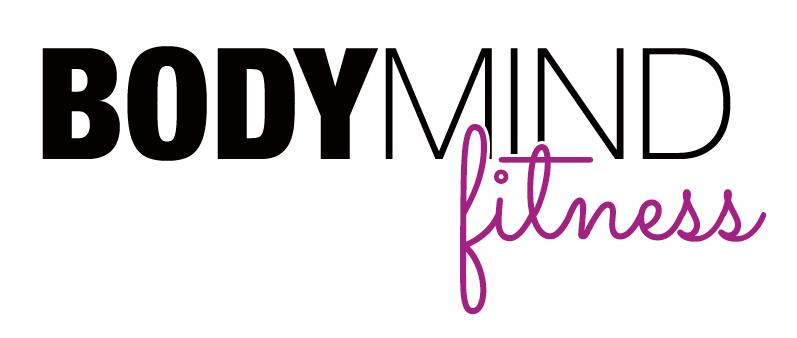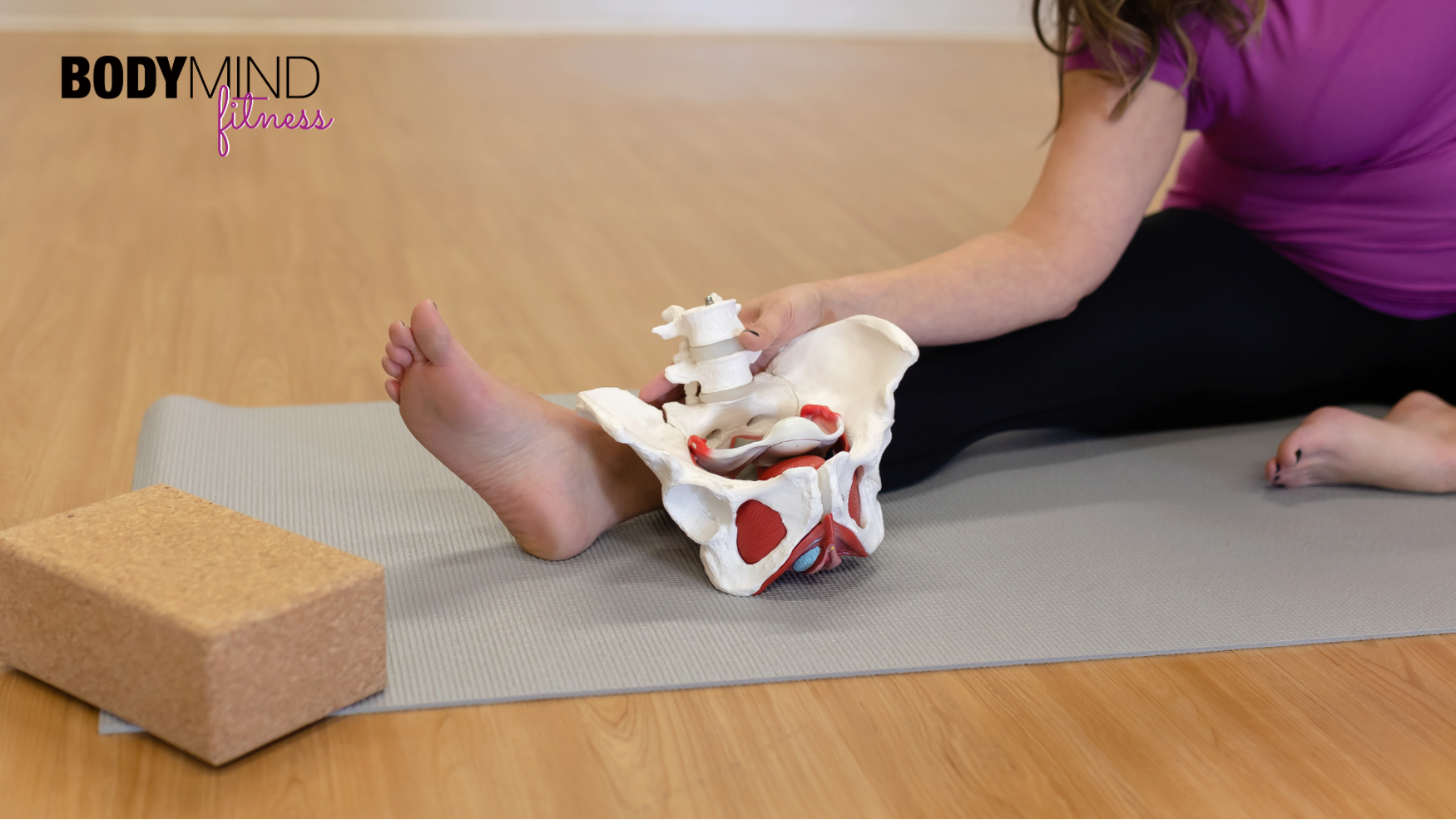What’s the first thing that pops into your mind when you think about pelvic health? Kegels, Kegels, kegels. 100s of them, 1000s of them. And even though today’s article is about ways to do a Kegel properly, it would be completely irresponsible of me if I didn't mention that sometimes Kegels could be doing more harm than good.
Many associate pelvic floor "weakness" as being unable to contract or engage when you need it the most. Makes sense right? If you pee yourself during your favourite fitness class, there’s this assumption your pelvic floor wasn’t strong enough to hold that pee in when you wanted to get your sweat on.
But weakness is also associated with pelvic floor’s that are too tense, and unable to relax, and the only way to know for sure, is to visit your friendly neighbourhood pelvic floor physio/physical therapist.
But let’s get back to the topic at hand - you’re here because maybe you’ve been told to do all the kegels, and they just aren’t doing it for you, or something feels.... off. I just want you to know, you’re not alone, and many people, even those who were taught how to Kegel by a Pelvic Floor PT or read the 2018 article in Women’s Health Magazine are doing it incorrectly.
Many get to concept that there's a squeeze of the pelvic floor, but there’s also a lift component that often gets lost in translation. This movement is actually meant to occur naturally in the body. Not to mention the fact that the squeeze part can often be a squeeze of the bum (ie. not the pelvic floor) or a squeeze of only one area of the pelvic floor. Where's the lift?!?
When we align the diaphragm and the pelvic floor, their movements mirror each other - expanding and moving down on the breath in, and drawing in and lifting with the breath out.
When is comes to movement, the diaphragm and pelvic floor along with the transverses abdominus and multifidus are meant to predict every single movement in the body from lifting your arm overhead to running, jumping laughing, sneezing, coughing - and they contract accordingly - meaning they aren's squeezing with every fibre of their being. Just enough to make the movement happen.
So how can we get this lift involved in our kegels? Here’s where we need to step outside of the box (yeah, it's exactly how it sounds) and use a few images and tips outside of the pelvic floor that will help you connect the dots when it comes to elusive kegel.

Blueberries
Imagine trying to pick up a blueberry with your vagina, without making jam.
This is a great example of a gentler contracyion, because as I mentioned, you don't always need the biggest contraction ever of the pelvic floor. We want to encourage the pelvic floor to match the tension to the task, meaning, the pelvic floor is meant to engage only as much as required to execute the specific movement you need to do.
This is the way the pelvic floor is meant to move. So yeah, we wanna train those gentler contractions.

Milkshakes
Imagine trying to drink a really thick milkshake through a straw with your vagina.
This will be a much bigger contraction and this visualization will encourage the entire pelvic floor to not only squeeze, but also add that lift componenent.


4 Corners
This one requires a little bit of an anatomy lesson.
Time to get familiar with the bony landmarks of the pelvis; the tailbone (coccyx) at the back, the two sits bones (ischial tuberosity), and the pubic bone (pubic symphysis). Between these bony landmarks is your pelvic floor and it’s shaped like a diamond.
With these bony landmarks in mind, take a 360° Breath in, and as you exhale imagine drawing these 4 bony landmarks toward each other - though the bones won’t actually move, committing to this imagery will encourage the drawing in and lifting of the pelvic floor.

Lower Abdominal Contraction
"Wait, I thought we were talking about the pelvic floor." Yes, we are my friend, consider this; the lower abdominals are right next to the pelvic
floor, so what one does it's safe to assume that when one of these muscles engages, the other will have some level of engagement.

Start by laying on your back in constructive rest pose (see photo). Bring your finger tips to your hip bones, so you know exactly where th
e are. Take a 360° Breath in and as you exhale, imagine squeezing your hip bones towards each other.
You can also bring one hand to your lower abdomen to really get a sense of your lower abdominal contracting, it should feel like your lower abs are moving away from your hand and you might experience a bit of stiffening beneath your hand.
With that said, really pay attention to what you’re feeling - if you feel a stiffening of the abdominals, and your abdomen is pushing into your hand, this is a mismanagement of pressure. Pressure happens whenever we do hard things, and that pressure will try to escape through your weakest link which could be the pelvic floor or the linea alba (the soft tissue that runs between the “6-pack” muscles), and this pressure can be the cuplrit of that little bit of leaking you're experiencing when squatting.
Try modify your approach, if you find yourself having a hard time or reach out for some guidance - you can send me an email here.
Balloon Breath
This is the one that gets so many lightbulbs going off for students in my classes, and personal training clients.
Once again we start with a 360° Breath in, and exhale through pursed lips like your trying to blow up a balloon and really commit to this balloon, seriously! Balloons are tough to blow up and require a lot of help from the core, and you won't just give up on those ballons when your 6 year old's birthday is just around the corner.
This has the same effect as the lower abdominal contraction, were just taking a slightly different approach.

As I’m sure you’ve noticed, all the exercises I’ve shared have a lot of imagery behind it, and you may even have rolled your eyes once or twice as you’ve read this.
But here’s the thing, these are all task based cues - I’m giving you something to do that you have at least some understading of doing, which is why some of these options may not feel right. Our pelvic floor is basically out of sight, out of mind, and it can be very challenging to connect with the movement of the pelvic floor - for a wide variety of reasons. Which is why taking something you may do with another part of the body (I'm assuming we all tyically drink a milkshake through our mouth), and bringing that idea to the pelvic floor works!
Listen, I’ve taught 100s of women at this point on all things pelvic health, and time and time again, these are the cues that create the most success when it comes to learning about the true mechanics of a kegel.
And I'm gonna say it, one more time for those in the back, I can’t emphasize this enough - the only way to know for sure if kegels is what YOU need in your life is to go visit to your friendly neighbourhood Pelvic Floor Physiotherapist or Physical Therapist. This is their jam, and they have the ability to diagnose exactly what you personally need through things like an internal exam - which is outside of my scope of practice as a yoga teacher and personal trainer. With this information, we can take the guesswork out of the equation and deliver exactly what you need to ditch the pad for leak-free movement.
So, if you’re interested in exploring this concepts a little more in depth, I would love to invite you to try out Yoga for Core + Pelvic Health for only $10 - available online or in person. These classes are best experienced as a 12-week series, where we grow and expand on these tips and strategies over time and then start to implement them into movement, you get personalized attention, access to bonuses in the member portal and so much more. Sign up for your $10 drop in today!





